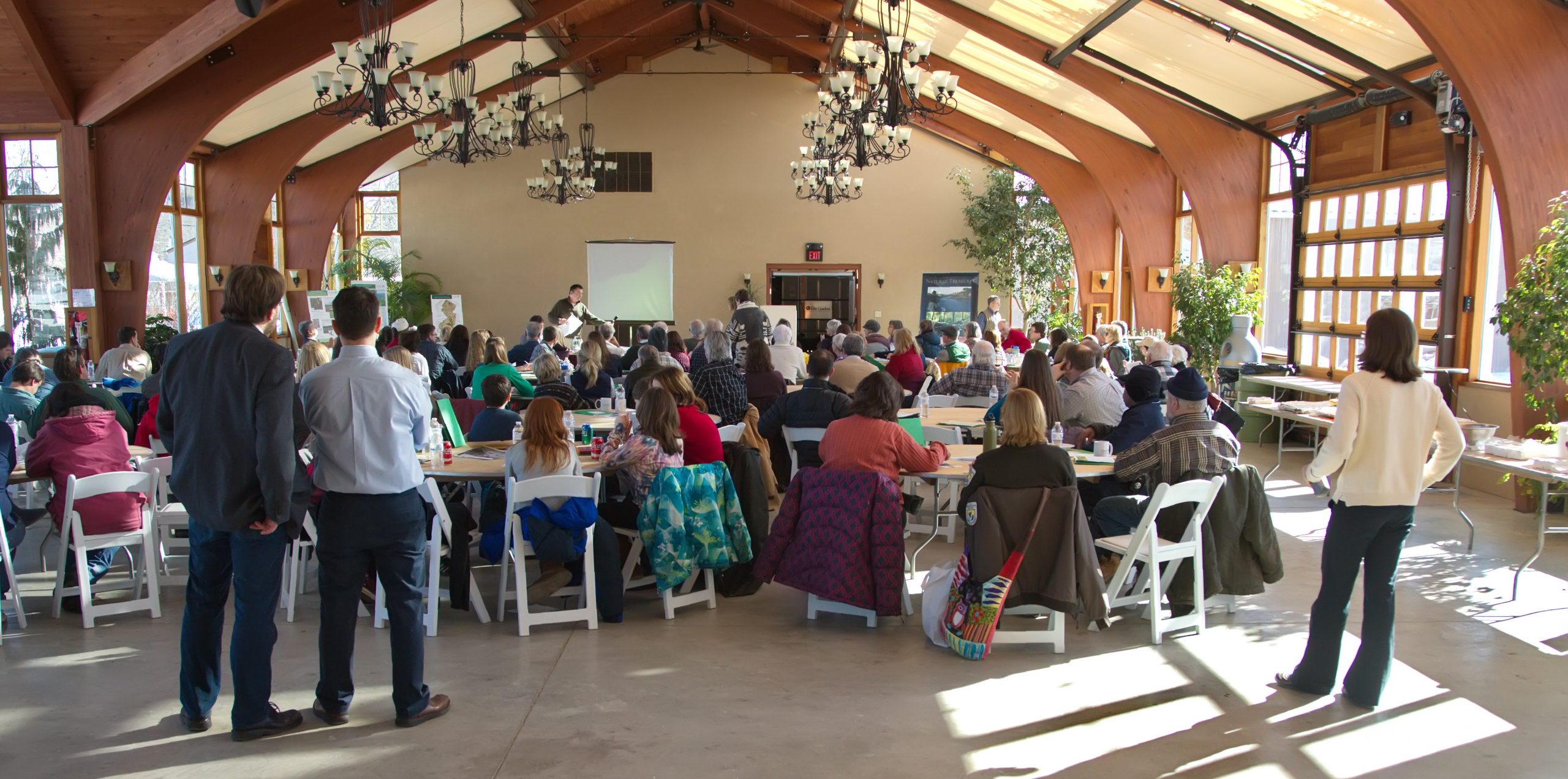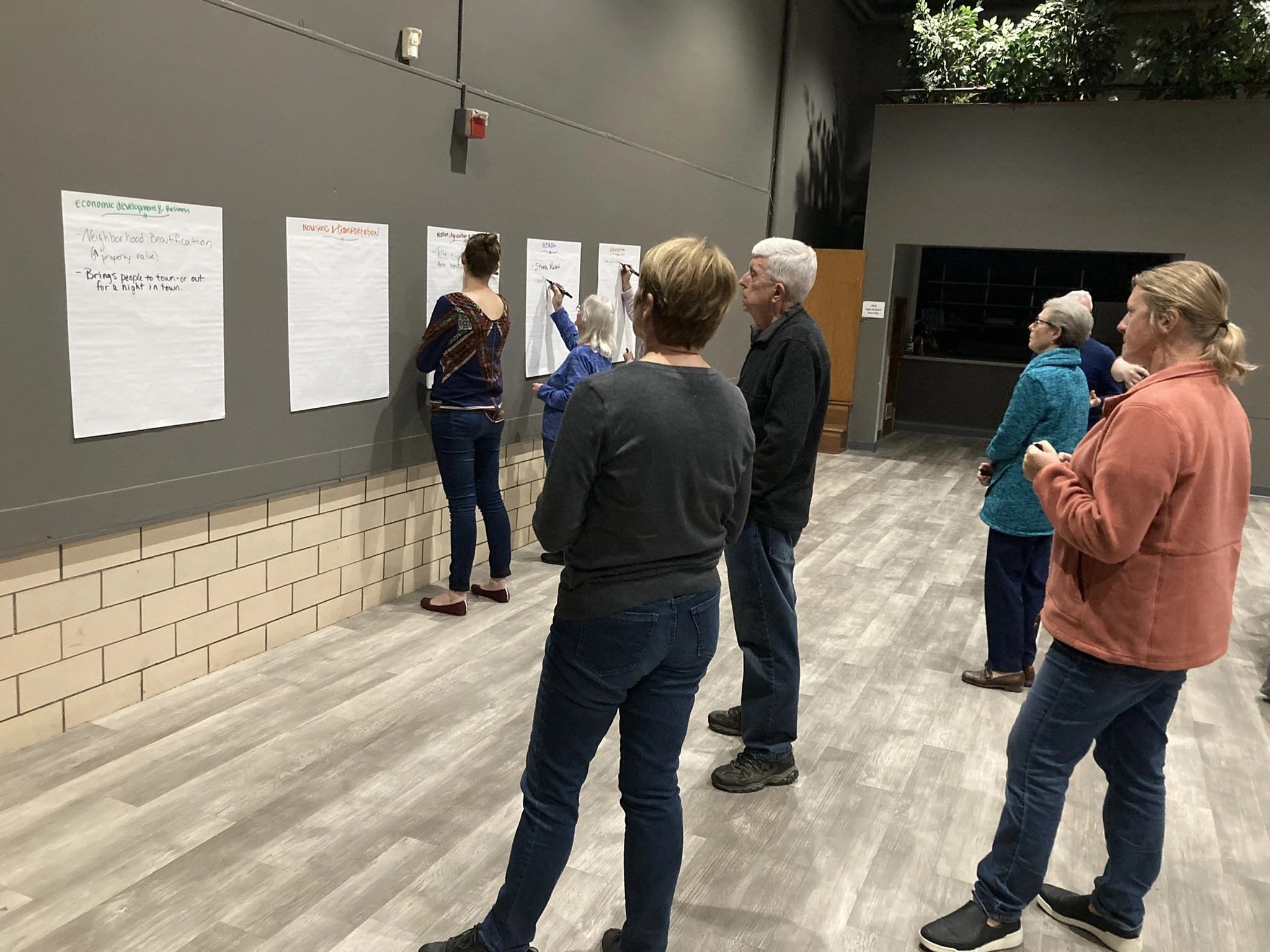
By Elizabeth Schuster, Sustainable Economies Consulting, and Michelle Klieger, Stratagerm Consulting
Introduction
Food entrepreneurialism and the local food economy are hot topics lately. There’s been an explosion of food and kitchen incubators in recent years. Many businesses, universities, and nonprofits now offer a mix of programs to support food businesses. And a range of grants and private dollars are being invested into infrastructure to support the local food economy.
Despite the growing interest in supporting farmers and food entrepreneurs as they grow their businesses, there has been little research published on how to measure success of these investments. Which metrics matter? How do we track these metrics? How do we measure success?
It’s slim pickings if you are searching for published articles that measure success around the local food economy. We’ve seen some initial research on the economic impact specifically of food hubs, and occasional research on specific programs, like this assessment of a local food procurement program at a hospital.
While there has been more research on the impact tech incubators have on the businesses they support (e.g. this article), we do not see the equivalent types of research published with respect to food and kitchen incubators. In a recent literature review we conducted looking at keywords of “food and kitchen incubators” and “food entrepreneurialism/entrepreneurship”, the vast majority of publications were either qualitative and focused on individual case studies, or fully focused on defining terms.
We need to move past this stage of research where we are just defining terms. Let’s start measuring impact.
Why this matters
Widely publicized food supply chain disruptions since the start of the global COVID-19 pandemic have led to increased interest in buying local. Yet despite what is increased demand for many local food producers, there is also increased uncertainty and higher costs, meaning that producers’ profit margins are not always increasing as demand increases.
We’re observing significant investment in local food systems through government grants, private investment and philanthropy. And yet we don’t know if these investments actually help the food producers meet their goals for growth and accessing new markets.
Plus, the partner landscape is crowded: for instance, there are agricultural cooperatives, university extension, nonprofits, private businesses, banks and lending institutions, foundations, economic development agencies, food pantries, and local government all working on local food systems. And this is not a complete list of partners.
Moreover, the timing is right to measure the impact of investments in the food systems, as many of the programs that were implemented early in the COVID-19 pandemic are two years old.
We believe it’s impossible to accurately define all of the terms in a way that is useful for partners. Food hub is another term in a list of poorly defined words, including local and entrepreneurialism. However, a definition is not required to evaluate metrics. We propose shifting the research and tackling this more pressing issue.
Our solution: 5 tips for prioritizing investments in the local food economy
We need a streamlined process to measure success to help us with the prioritization of investments. Yet many partners working on the local food economy do not have the expertise or resources needed to develop trackable metrics of success. Rather than do nothing because of challenges related to measuring success, it is better to start with small steps and increase your level of evaluation over time.
Here are 5 tips to get started on measuring success:
Tip #1 Define your target audience
This may sound easy, but when developing a new program or investing in infrastructure, it’s not always so clear. Are we talking about farmers or food processors or both? Are you including other players up and down the food supply chain? Do you include providers of technical assistance? It’s surprising how many decisions need to be made around the target audience.
Tip #2 Engage your target audience early in the process
Our initial research found that entrepreneurial needs for farmer and food producer vary by region, and thus your investments will be more successful when they are customized to the local context. Whether through interviews, surveys or focus groups, determine:
- What goals does your target audience have for their business? Do they want to grow? Do they simply want more predictable revenues throughout the year? These goals will influence the types of programs and investments that are pursued.
- What are their top barriers to success?
And of course, engaging your target audience is not only about collecting data. It is always about building relationships and trust.
Tip #3 Develop your metrics early in the process
It is typically more expensive to collect data after the fact, so start tracking metrics from the beginning. We advise against being overly ambitious and trying to collect too much data. We cannot emphasize enough how important this is: having a few very well-designed metrics is better than a dozen poorly designed metrics that are not tracked consistently. For programs that you offer, have participants fill out an intake form and get baseline data. If you require membership, have members fill out the form – it is much easier to get data when someone is enrolling then trying to get baseline data later.
Tip #4 Have a mix of business-level and regional metrics
If the focus is the local food economy, then performance metrics for individual food businesses are just one piece of the puzzle. Business-level metrics could include learning outcomes around business best practices, percent increase in gross revenues from previous year, number of new markets accessed, number of new employees hired, etc.
Regional metrics have a different emphasis and might be around jobs created up and down the food supply chain, percent of ingredients from local farms in the food supply chain, total number of businesses working in the food hub, etc.
Tip #5 Think short-term and long-term
It can be easy to become so immersed into the program management pieces of work that we never have time to go back and collect more data. After programs are completed, follow up immediately after the program is completed, and again at targeted intervals. Set yourself a schedule – with calendar reminders if needed – to go back periodically (e.g. 6 months, 1 year, and/or 2 years later). The same can be done around investments in infrastructure – particularly for shared infrastructure, also make a plan for following up periodically with those benefiting from the project.
One key indicator to track is number of businesses around after x years (you can decide whether that is 1, 3 and/or 5 years, which are common intervals at which to assess new businesses). And set a scheduling for analyzing the data as well, so you can start to see the results of which programs have the strongest results.
Conclusion
Tracking metrics from the start sets us up to ensure we’re getting a good ROI in terms of where we are spending money to benefit food businesses.
Without data, we’re making a wild guess about where to invest. Starting with simple, well-designed metrics helps you compare and see the relative benefits across different investments – allowing your team to make more informed decisions in the future.





